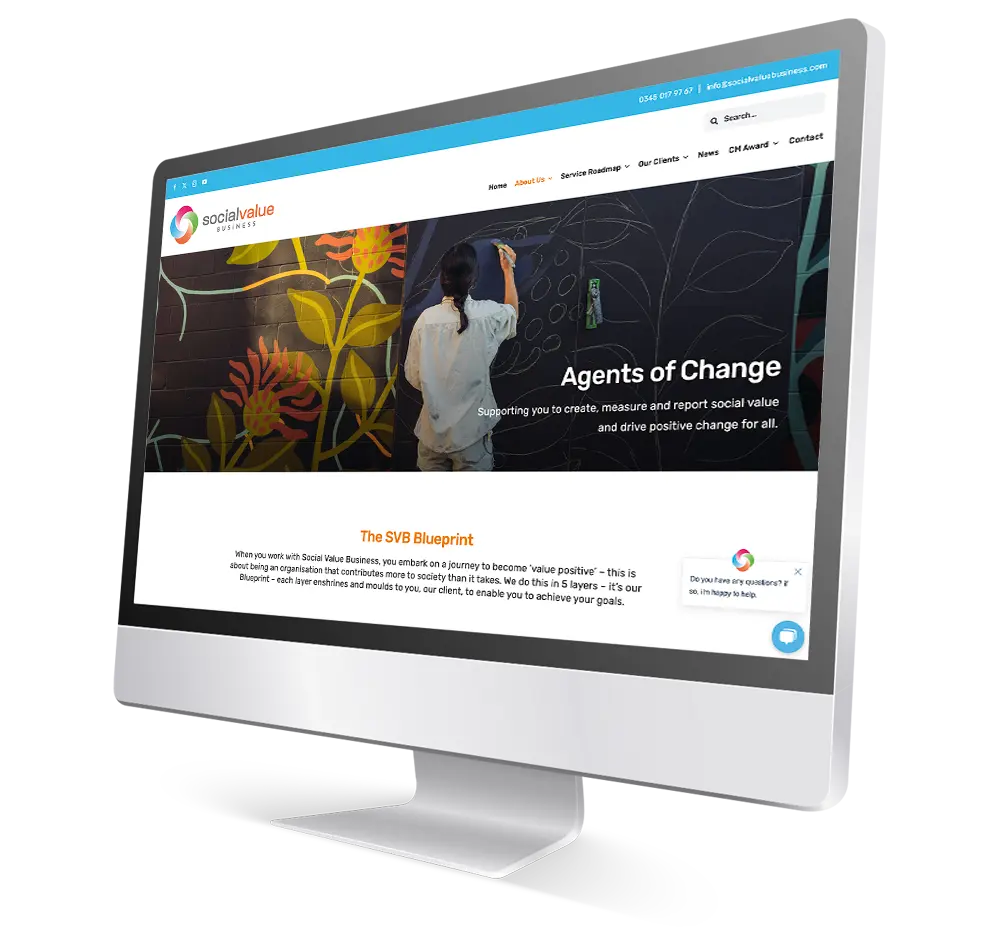Essential Tips for Crafting High-Impact Site Designs
In the realm of digital marketing, the style of an internet site serves as a critical touchpoint for involving possible customers. To produce high-impact internet site designs, one need to think about vital components such as audience understanding, user experience, and aesthetic hierarchy.
Understand Your Audience

To successfully recognize your target market, start by carrying out group analyses to gather information on age, gender, area, and passions - website design. This info functions as a structure for creating user characters, which stand for the crucial qualities of your target audience. These characters overview decision-making in design components and web content strategy, ensuring positioning with user expectations
Furthermore, analyzing user behavior through tools like Google Analytics can disclose just how site visitors connect with your website. Metrics such as bounce prices and time on web page can highlight locations that require enhancement or adjustment. User studies and comments likewise offer very useful understandings into choices and discomfort factors.
Ultimately, a deep understanding of your target market is not just useful however vital. It empowers designers to create more appropriate, appealing, and functional websites that foster a favorable user experience and drive preferred outcomes.
Prioritize Customer Experience
When developing a site, focusing on user experience (UX) is critical to accomplishing both individual complete satisfaction and service purposes. A well-crafted UX guarantees that site visitors can navigate the site effortlessly, discover the information they require, and involve with content effectively. To achieve this, it is important to embrace a user-centered style method that entails understanding user needs, preferences, and habits.
Start by conducting detailed research study, including individual surveys and functionality screening, to collect insights into just how individuals communicate with your website. This information ought to inform layout decisions, ensuring that attributes and designs line up with user assumptions. Streamlined navigation is essential; visitors ought to have the ability to find info swiftly without unneeded clicks or complication.
Additionally, take into consideration the loading speed of your web site. A slow-loading site can cause high bounce rates, negatively influencing individual experience. Optimize images and scripts to improve efficiency.
Finally, make certain that your internet site comes to all users, consisting of those with specials needs. Adhering to access requirements not only expands your target market but additionally fosters inclusivity. By focusing on UX, you lay the structure for a successful web site that satisfies both customer requires and organization goals.
Embrace Visual Power Structure
A well-structured aesthetic pecking order plays a substantial role in enhancing customer experience by directing visitors' attention to one of the most essential elements of a web site (website design). By strategically setting up material, designers can produce a clear course for users to follow, guaranteeing they engage with crucial information successfully
To execute visual power structure, begin by using dimension and scale. Bigger elements naturally draw the eye, making them ideal for headings or phones call to activity. Enhance this with contrasting colors that highlight vital areas, as dynamic shades can develop focal points that capture focus.
Furthermore, the positioning of elements on the page is vital. Leading the customer's stare via the layout can be achieved by placing crucial details at the top or in the center, where individuals normally start their visual trip. Integrating whitespace around elements can additionally improve clarity, making it less complicated for users to process info without really feeling bewildered.
Lastly, utilizing typography effectively adds to visual hierarchy. Different font style sizes, weights, and styles can denote importance, directing customers through the content perfectly. By embracing these concepts, designers can create an instinctive experience that promotes involvement and urges individuals to discover even more.
Optimize for Mobile
Mobile optimization is important in today's electronic landscape, as a substantial portion of internet website traffic comes from mobile phones. To make sure a smooth user experience, web sites should be created with mobile individuals in mind. This entails employing receptive internet layout techniques that adapt the layout, pictures, and message to fit numerous screen sizes while preserving functionality and appearances.

Touch targets, such as buttons and links, have to be properly sized, ensuring they are quickly tappable without errors. Additionally, ensure that forms are mobile-friendly by lessening input areas and utilizing dropdowns where appropriate, enhancing the user experience.
Lastly, examination your site across different smart phones and browsers to determine any type of issues that might affect usability. By focusing on mobile optimization, you not just enhance user complete satisfaction however also positively affect your site's internet search engine position, therefore bring in more site visitors and boosting general engagement.
Implement Strong Branding
Creating a natural and well-known brand is fundamental to developing a strong on-line presence. A well-defined brand not only distinguishes you from rivals yet likewise promotes trust fund and commitment among your target market. To carry out solid check out this site branding, start by creating a clear brand name identification that encapsulates your objective, worths, and vision. This identity needs to be shown regularly throughout all electronic touchpoints, including your site, social media, and e-mail interactions.
Aesthetic elements such as logo designs, company website color design, and typography play a vital role in branding. Pick a color scheme that reverberates with your target audience and shows your brand name character. Make sure that your logo is flexible and prominently presented on your site, enhancing brand name recognition.
Web content is similarly crucial; your intonation need to line up with your brand name identification, whether it's professional, friendly, or reliable. Involving storytelling can even more strengthen your brand name, creating a psychological link with users.
Conclusion
In conclusion, crafting high-impact internet site layouts demands a diverse technique that incorporates comprehending the target market, focusing on customer experience, and welcoming aesthetic hierarchy. By integrating these aspects, websites can properly involve customers, promote seamless navigating, and foster psychological connections that enhance brand identity.
To produce high-impact website layouts, one should think about necessary aspects such as audience understanding, user experience, and aesthetic hierarchy.When developing a site, prioritizing customer experience (UX) is vital to accomplishing both customer contentment and business purposes.Start by performing detailed research, including individual studies and functionality screening, to collect insights into just how individuals communicate with your website. To ensure a smooth customer experience, websites must be made with mobile that site users in mind.In final thought, crafting high-impact website layouts necessitates a diverse approach that incorporates recognizing the audience, prioritizing individual experience, and welcoming visual pecking order.
Comments on “The Importance of Mobile-Friendly Website Design”